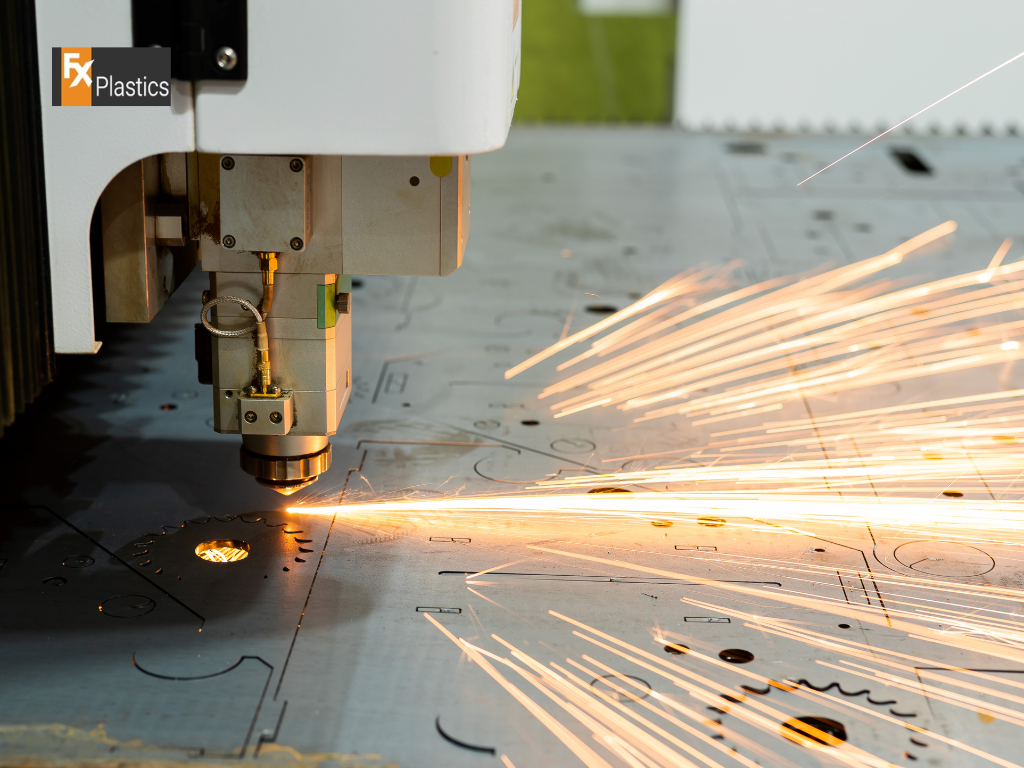The world of signage making has witnessed a significant transformation with the advent of CNC laser cutting technology. This innovative method has revolutionized how signs are designed, produced, and installed, offering unparalleled precision and creative freedom that traditional techniques simply cannot match.
The Revolution of Signage Making through CNC Laser Cutting
CNC laser cutting has propelled the signage industry into a new era, where the limitations of past production methods are replaced by the boundless possibilities of digital precision. The ability to cut intricate designs quickly and accurately has opened up new avenues for custom signage, enabling businesses to achieve distinct branding and visual communication like never before.
The Advantages of CNC Laser Cutting for Signage
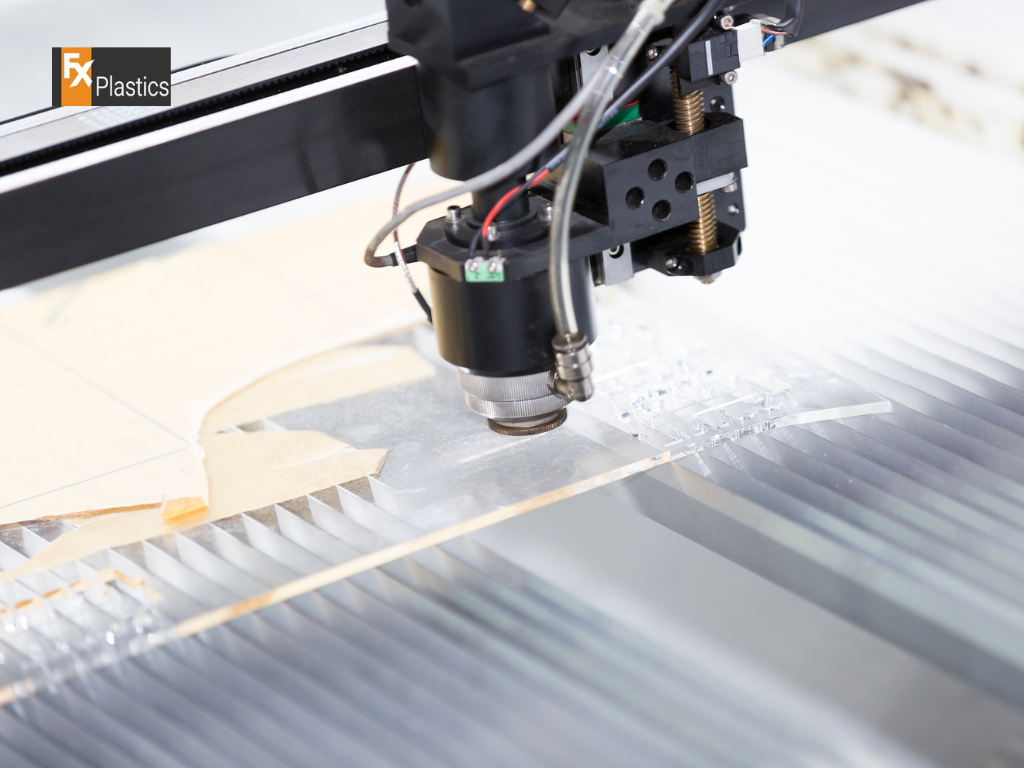
The shift towards CNC laser cutting in the creation of signage brings with it a host of advantages, fundamentally changing the approach to sign design and manufacturing.
Precision and Complexity
One of the most significant benefits of CNC laser cutting is its precision. The technology allows for the creation of complex designs that would be difficult, if not impossible, to achieve through traditional methods. From delicate lettering to intricate logos, laser cutting executes every curve and angle with razor-sharp accuracy, ensuring that the final product precisely matches the original design.
Material Versatility
CNC laser cutting’s adaptability extends to the variety of materials it can process. Whether it’s the sleek finish of cut metals, the smooth edges of acrylics, or the natural texture of wood, laser cutting handles each with ease. This versatility not only broadens the creative possibilities for signage but also allows for the selection of materials that best suit the sign’s intended environment and aesthetic.
Designing for Laser-Cut Signage
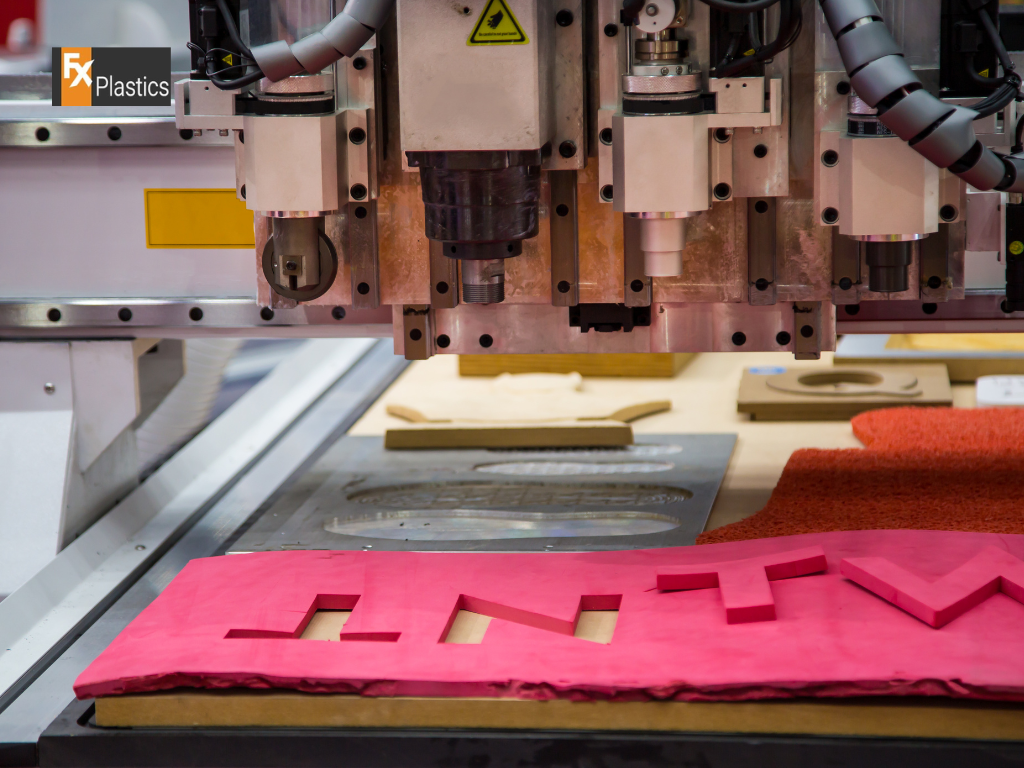
Transforming an idea into a tangible sign requires a thoughtful design process, complemented by the right tools and software to bring that vision to life.
Translating Ideas into Laser-Cut Designs
The journey from concept to creation begins with a clear understanding of the design’s requirements and constraints. Designers must consider the properties of the chosen material, the intricacies of the design, and how each element will come together in the final piece. This stage often involves sketching and prototyping to refine the concept before moving to digital design.
Software and Tools for Design Preparation
The preparation of designs for CNC laser cutting is facilitated by advanced CAD (Computer-Aided Design) and CAM (Computer-Aided Manufacturing) software. These tools enable designers to create precise digital models of the signage, which are then used to guide the laser cutting process. Software like Adobe Illustrator, AutoCAD, and CorelDRAW are popular choices for designing laser-cut signs, offering powerful features that support the creation of detailed, cut-ready designs.
Material Selection for CNC Laser-Cut Signage
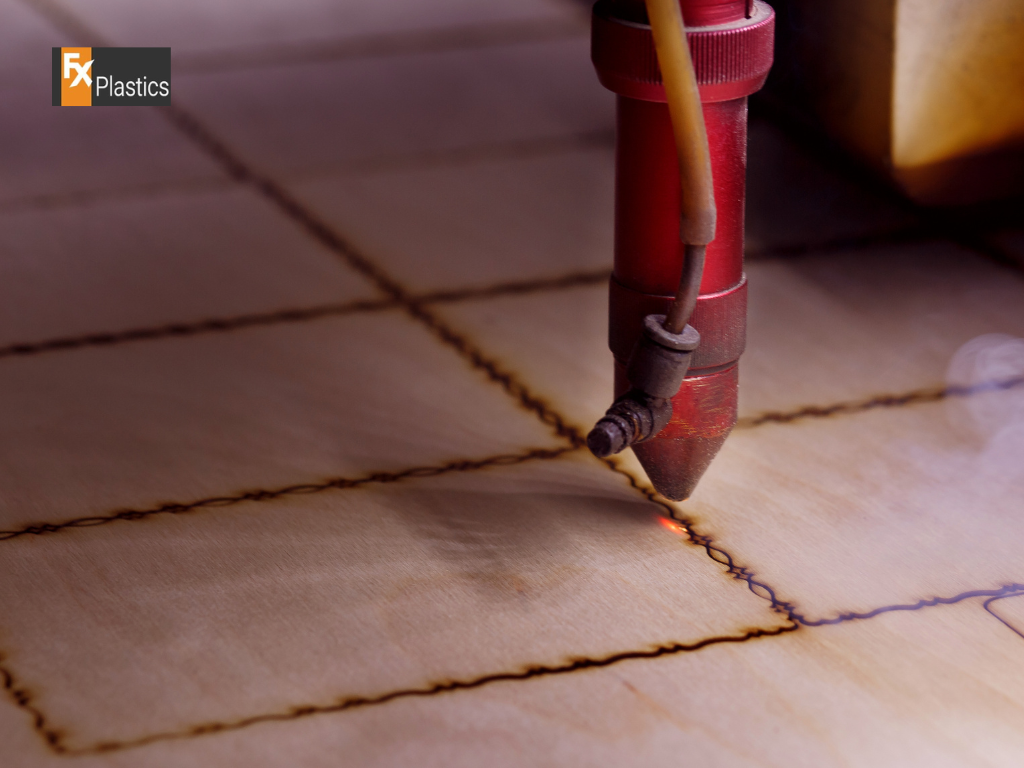
The choice of material plays a pivotal role in the success of CNC laser-cut signage, affecting everything from the aesthetics to the durability of the finished product.
Choosing the Right Material for Your Project
When selecting materials for laser-cut signage, consider the following factors:
- Durability: Assess the environmental conditions the sign will face, such as weather for outdoor signs or lighting for indoor signs.
- Aesthetics: Match the material with the desired look and feel of the brand or message being conveyed.
- Cost: Balance the material quality with the project budget, keeping in mind the longevity and maintenance requirements.
Understanding Material Properties
Different materials react uniquely under the laser, affecting the cutting process and the final appearance:
- Metals like stainless steel and aluminum offer durability and a sleek finish but require higher laser power.
- Acrylics provide a glossy finish with precise edges and come in various colors, ideal for vibrant, eye-catching signs.
- Wood offers a natural, warm aesthetic but varies in density, affecting cut consistency and speed.
Techniques and Best Practices
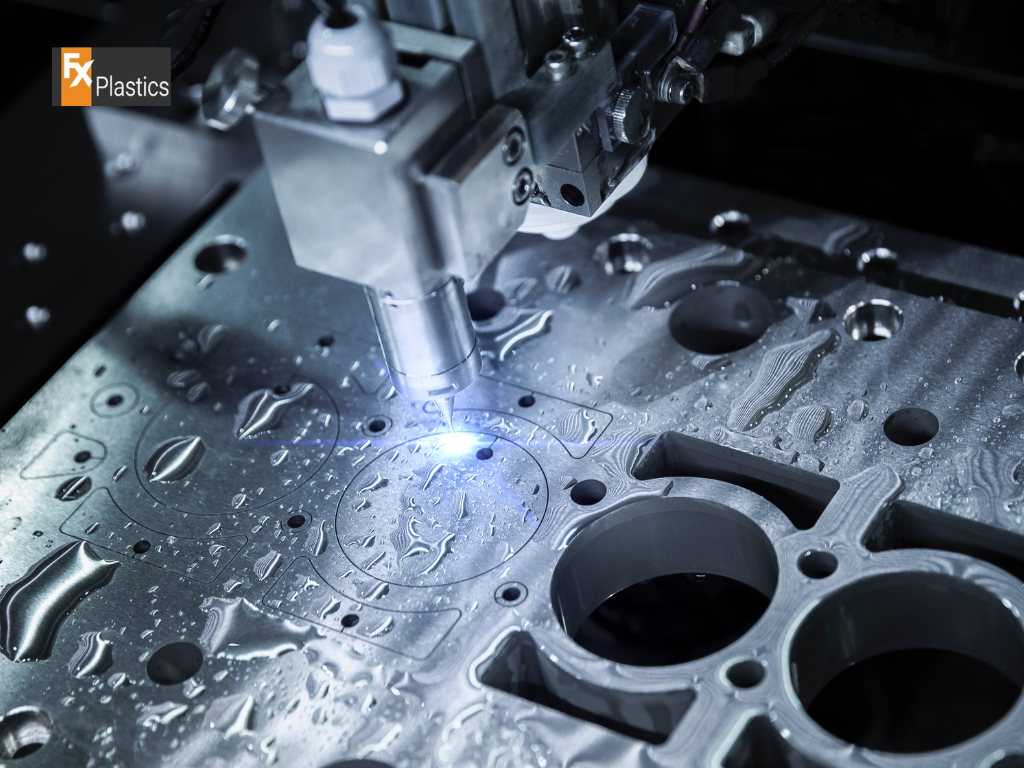
Achieving excellence in laser-cut signage involves more than just the cutting process; it extends to how the material is handled before and after.
Optimizing Cut Quality
- Test Cutting: Perform test cuts on small material pieces to determine optimal speed and power settings for the laser.
- Material Support: Use honeycomb cutting beds or other supports to minimize reflections and ensure clean cuts.
- Monitoring: Closely monitor the cutting process to adjust for any inconsistencies in material or design complexity.
Finishing Touches for Laser-Cut Signage
- Sanding and Polishing: For materials like wood and acrylic, sanding edges and polishing can significantly enhance the sign’s appearance.
- Painting and Sealing: Apply protective coats or paints to improve durability and match brand colors.
- Layering: Combine materials or layers to add depth and dimension to the signage.
Installation and Maintenance
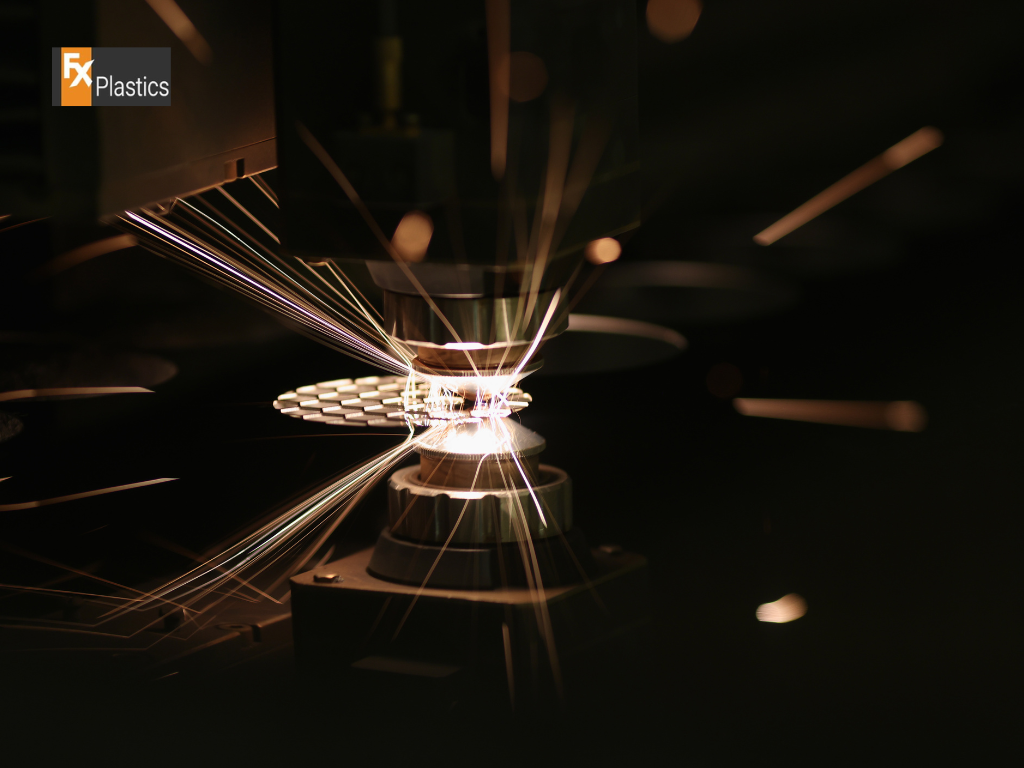
The longevity of laser-cut signage greatly depends on proper installation and upkeep.
Mounting and Installation Tips
- Secure Fixings: Use appropriate fixtures for the sign’s weight and size to ensure it remains securely in place.
- Location Consideration: Install signs away from high-traffic areas or potential impact points to avoid damage.
- Visibility: Ensure the sign is placed at an optimal height and angle for visibility, considering lighting and background contrasts.
Maintaining Laser-Cut Signage
- Regular Cleaning: Dust and clean signs regularly to maintain appearance and readability. Use materials-appropriate cleaning agents to avoid damage.
- Inspections: Periodically inspect signs for wear, especially outdoor signs exposed to the elements, and address any issues promptly to prevent further damage.
- Refinishing: For signs showing signs of age or wear, consider refinishing or repainting to extend their life.
Overcoming Challenges in Laser-Cut Signage Production
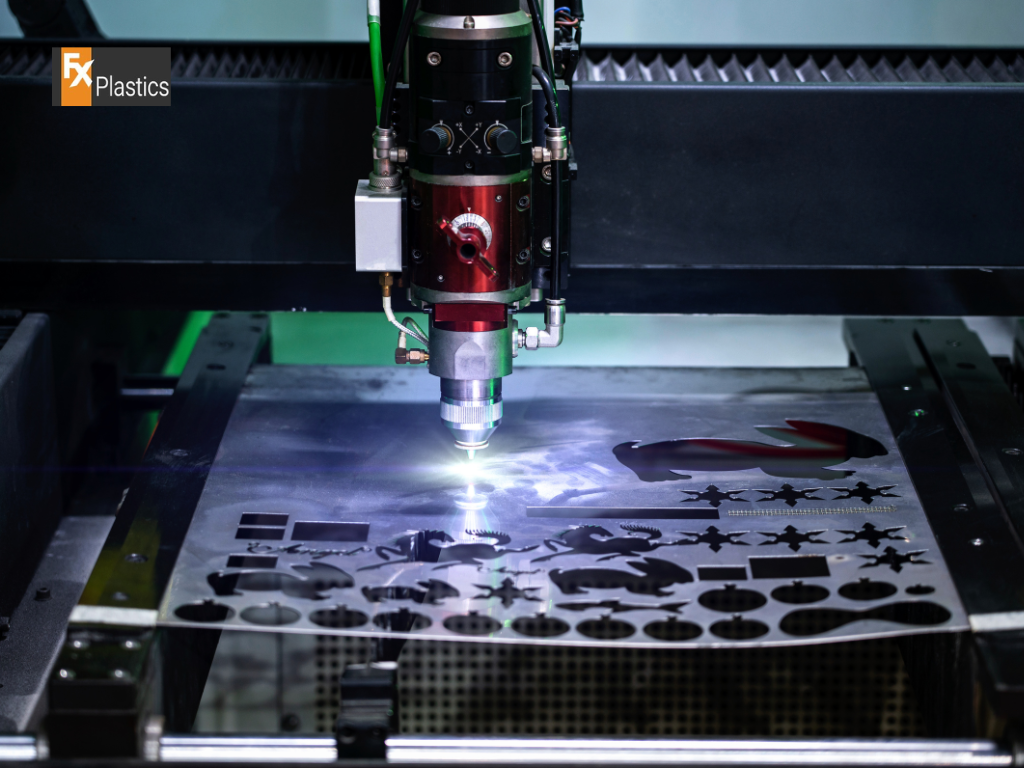
Producing laser-cut signage comes with its set of challenges, especially when dealing with intricate designs or aiming for material efficiency.
Dealing with Intricate Designs
Intricate designs can elevate the aesthetics of signage but pose challenges in production. To navigate these:
- Pre-production Prototyping: Create prototypes to test the feasibility of intricate designs and adjust as necessary for production viability.
- Optimizing Laser Settings: Fine-tune the laser’s speed, power, and frequency to achieve precise cuts without damaging delicate areas.
- Supportive Fixtures: Utilize specialized fixtures or jigs to stabilize materials during the cutting process, preventing movement or warping.
Material Handling and Efficiency
Efficient material handling is crucial for cost-effective production and minimizing waste.
- Nesting Software: Use advanced nesting software to arrange designs optimally on the material sheet, reducing waste.
- Reusing Offcuts: Save and catalog smaller pieces of material from previous projects for future use in smaller signage elements.
- Material Selection: Choose materials wisely based on their cost, cutting efficiency, and the intended durability of the sign to balance quality and expense.
The Future of Signage: Trends and Innovations
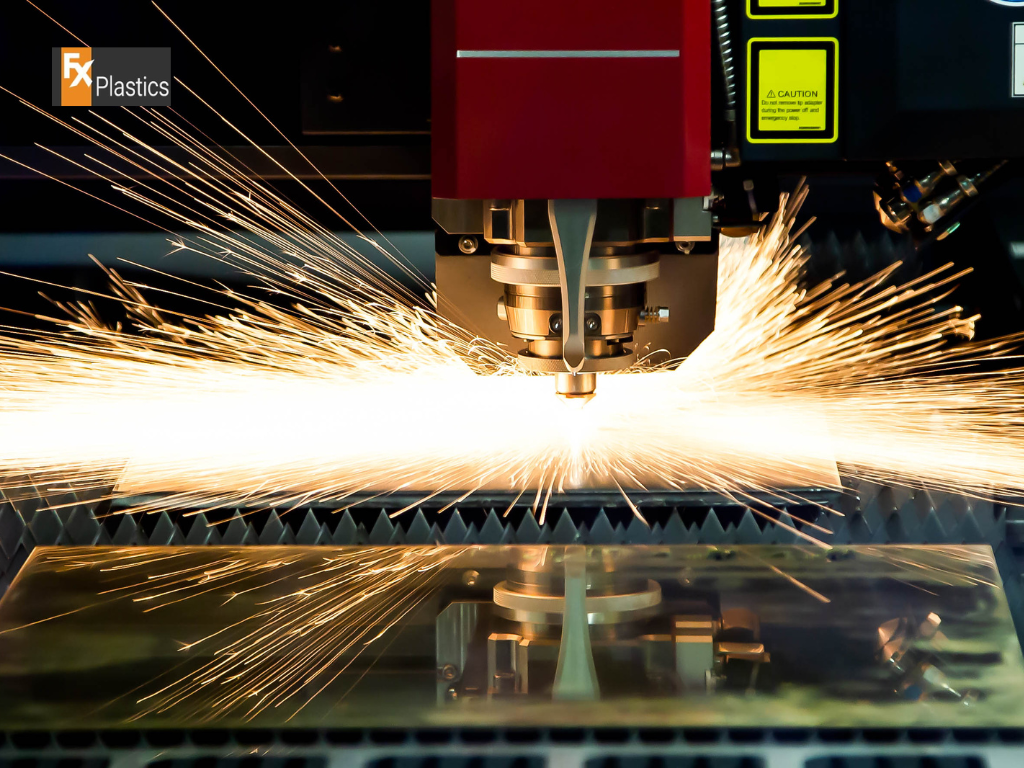
The evolution of laser-cut signage is ongoing, with new trends and innovations shaping its future.
Emerging Trends in CNC Laser-Cut Signage
Future trends likely to influence CNC laser-cut signage include:
- Dynamic and Interactive Signage: Incorporating elements like LED lighting or digital components that interact with the viewer.
- Mixed Materials: Combining various materials in a single piece of signage for a multi-textural effect.
- Personalization and Customization: Increased demand for highly personalized signage to meet specific branding or aesthetic requirements.
Sustainability in Signage Production
Sustainability is becoming a key concern in signage production.
- Eco-friendly Materials: Adoption of recycled, biodegradable, or sustainably sourced materials for signage production.
- Energy-efficient Processes: Utilizing lasers with lower power consumption or renewable energy sources to minimize the environmental impact.
- Recycling and Upcycling: Developing practices for recycling old signs and upcycling materials into new products.
Conclusion
CNC laser-cut signage stands at the intersection of technology, art, and sustainability, offering businesses unparalleled opportunities to elevate their brand presence. By embracing innovative designs, optimizing production practices, and keeping an eye on future trends, companies can create signage that not only captures attention but also reflects their commitment to quality and environmental responsibility. As we move forward, the role of CNC laser cutting in signage production will continue to grow, driven by advancements in technology and a deeper understanding of its potential to transform spaces and brands.

